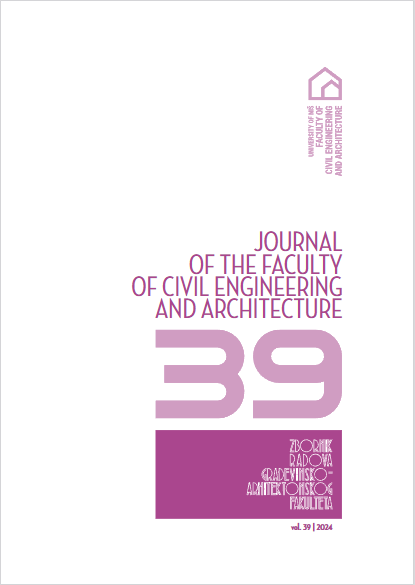In this paper, the theoretical concept of roadway superelevation based on speed in free traffic flow is derived. The influence of the radius of the horizontal curve on speed in free traffic flow as a basis of this analysis is taken from a more detailed experimental research for two-lane rural highways. This method is new and differs from others that use constant design speed value. However, this method gives similar results when compared to the empirical methods of computing roadway superelevation, where design speed is constant but it is assumed that when the curve radius is greater than the minimum, the driving speeds are greater than the design speed. Presented work defines and explains that assumption and takes it into account when computing roadway superelevation.

The statements, opinions and data contained in the journal are solely those of the individual authors and contributors and not of the publisher and the editor(s). We stay neutral with regard to jurisdictional claims in published maps and institutional affiliations.